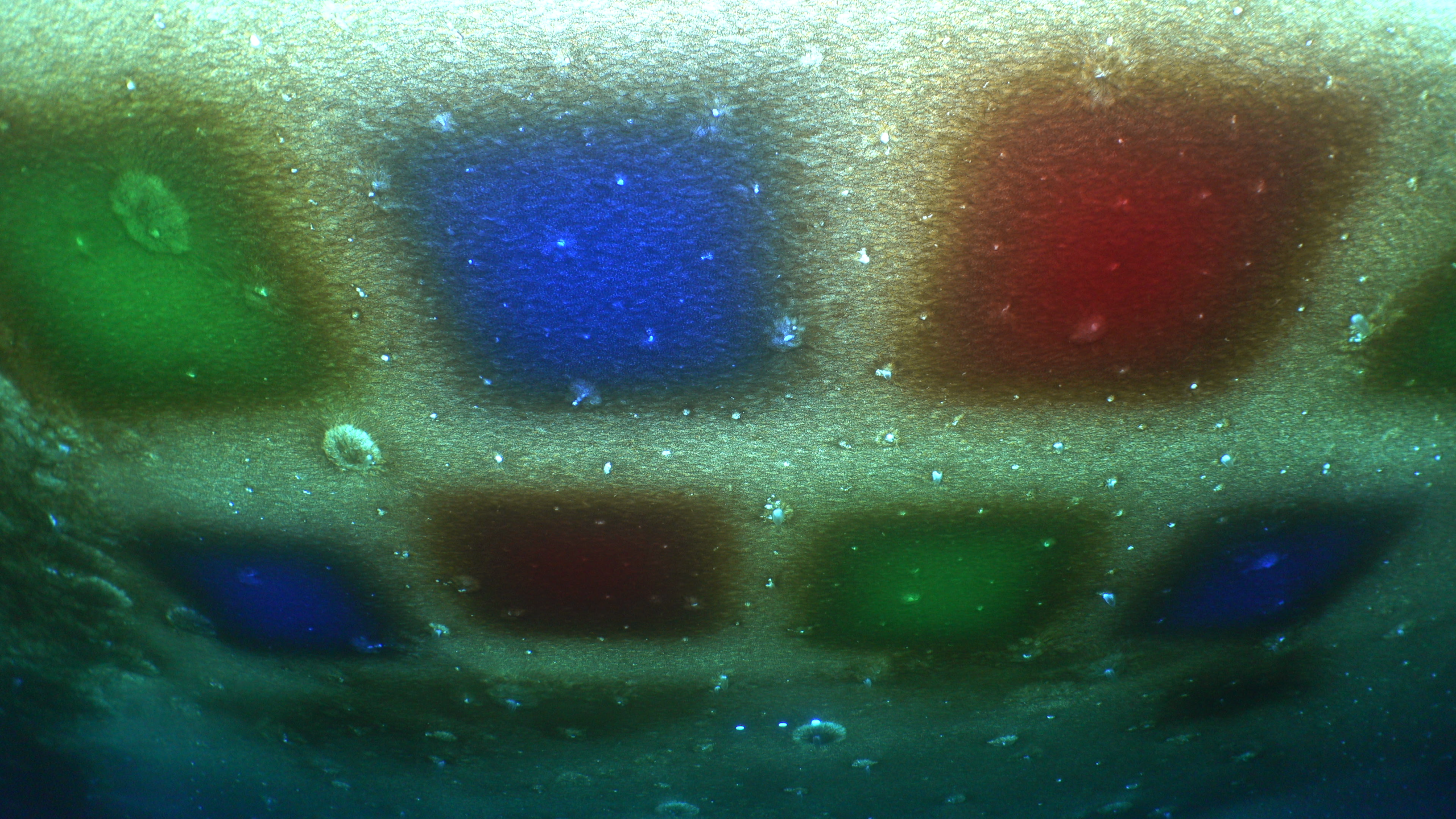Scientists map heat beneath Antarctica’s icesheets

Fieldwork in Queen Mary Land collecting geophysical and geological data. Image: Tobias Stål.
Researchers from the ARC Centre for Excellence in Antarctic Science (ACEAS) at the University of Tasmania are helping predict future sea level rise by taking a closer look at what goes on beneath Antarctica’s icesheets.
“Heat moving outwards from the deep Earth creates Geothermal Heat Flow (GHF),” said Professor Anya Reading, an ACEAS Chief Investigator based in Physics at the UTAS School of Natural Sciences.
Professor Reading led a new study comparing different GHF maps for Antarctica published in Nature Reviews Earth & Environment, which is part of a wider collaboration aiming to inform how ice sheets will respond to a warming atmosphere and oceans.
“GHF varies in intensity and scale across the globe,” Professor Reading said. “This is difficult to measure but provides clues to how continental areas evolved over geological time.”
“GHF also supplies a small component of heat to the base of ice sheets.
“It’s important to note that there are many different maps of GHF for Antarctica, which conflict as they are each calculated using different techniques.”
Co-lead author Dr Tobias Stål is an ACEAS postdoctoral researcher based at the UTAS School of Natural Sciences. He said the team used different GHF maps to pinpoint clues on the plate tectonic setting and tectonic history of Antarctica — elements of which are a mystery as they are hidden from view by the ice sheets.
“Our research compiles the best estimates available of geothermal heat flow for Antarctica,” Dr Stål said.
Co-author Dr Jacqueline Halpin, an ACEAS Chief Investigator based at the Institute for Marine and Antarctic Studies (IMAS), said the study is an excellent resource for ice sheet modellers.
“Extracting this type of information from the maps is a crucial step forward in helping ice sheet modellers predict future Antarctic ice loss and sea level rise,” Dr Halpin said.
Co-author Dr Felicity McCormack, from the ARC Special Research Initiative for Securing Antarctica’s Environmental Future (SAEF) at Monash University, said climate change alone already has an impact on Antarctic ice sheets. Globally, sea levels could rise by 6 metres if the planet’s mean atmospheric temperatures rise by 2–3 degrees Celsius compared to pre-industrial times.
“This amount of sea level rise will have huge consequences for our coastal regions, impacting vulnerable ecosystems and populations around the world,” Dr McCormack said.
“To understand the fate of these ice sheets we need to understand how they are flowing. A key component of this is how geothermal heating contributes to the production of liquid water at the base of the ice sheet and accelerates ice flow by sliding.”
Professor Reading said there is an urgent need for knowledge of these Antarctic subglacial characteristics.
“To help us prepare for the consequences of a warming world, we also need to better understand what is going on beneath the surface — so we can better predict the quantity and timing of Antarctic ice loss.”
PAPER
Anya M. Reading, Tobias Stål, Jacqueline A. Halpin, Mareen Lösing, Jörg Ebbing, Weisen Shen, Felicity S. McCormack, Christine S. Siddoway, Derrick Hasterok. 2022. Nature Reviews Earth & Environment. ‘Antarctic geothermal heat flow and its implications for tectonics and ice sheets’. DOI: 10.1038/s43017-022-00348- y


